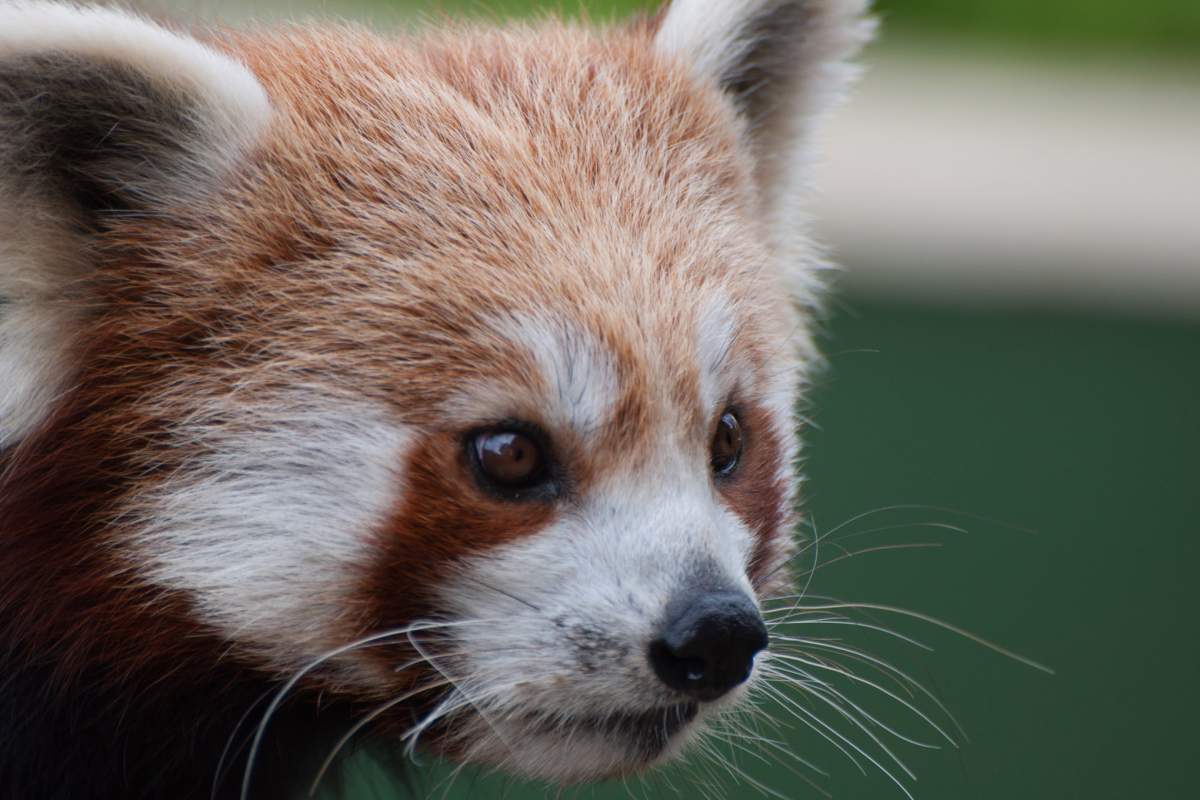
Hair and fur are the same thing: keratin. The difference between them is where they grow, not what they're made of.
It's easy to assume hair and fur are different because there's a common misconception that human hair can keep growing forever and ever, while the fur on animals humans regularly encounter--dogs and cats for example--seems to stop growing.
Hair length is a trait that's specific both to you as an individual, and to your species. So you have long hair on your head and short hair on your arms, while a deer has short hair all over.
Fur all over our bodies
Most of what science knows about evolution comes from fossils, and hair doesn't fossilize. This means that we don't know when or why hair and fur evolved. One theory is that fur evolved because mammals are warm-blooded and hair is a good insulator.
If you're going to spend all this energy heating yourself up, you want to be efficient about it. A different theory is that hair enhances the sense of touch, like whiskers do, for example.
But many scientists would remind someone who thinks that way, that whiskers are vibrissae. Whenever a whisker, something humans don't have, is touched, a signal is automatically sent to the brain and quickly analyzed.
Hair has also evolved into different forms of protection. The endangered animal, the pangolin, has what looks like scales that are actually hair. And porcupine quills? Hair too.
Read More
Hutchinson, Sean. "What's the Difference Between Hair and Fur?" Mental_floss. Accessed November 3, 2016.
Weisberger, Mindy. "Fur, Wool, Hair: What's the Difference?" Live Science. May 11, 2016. Accessed November 3, 2016.
Wong, Kate. "What Is the Difference between Hair and Fur?" Scientific American. Accessed May 13, 2002.









